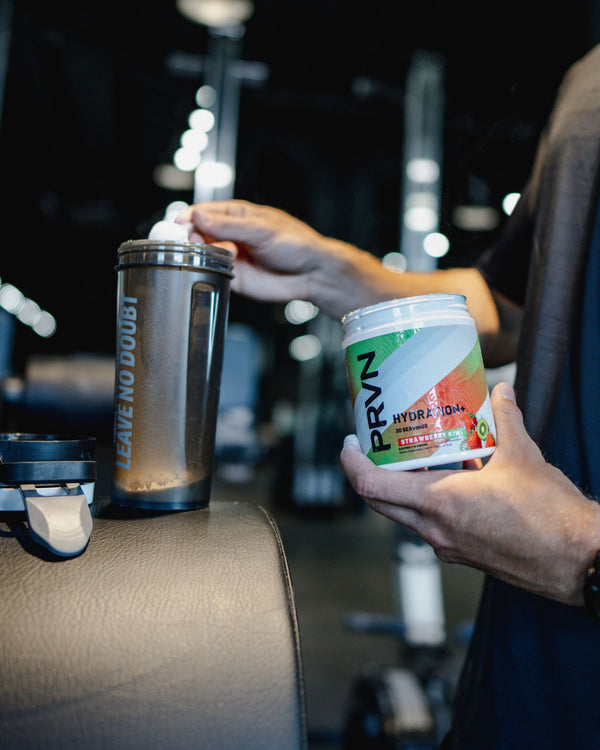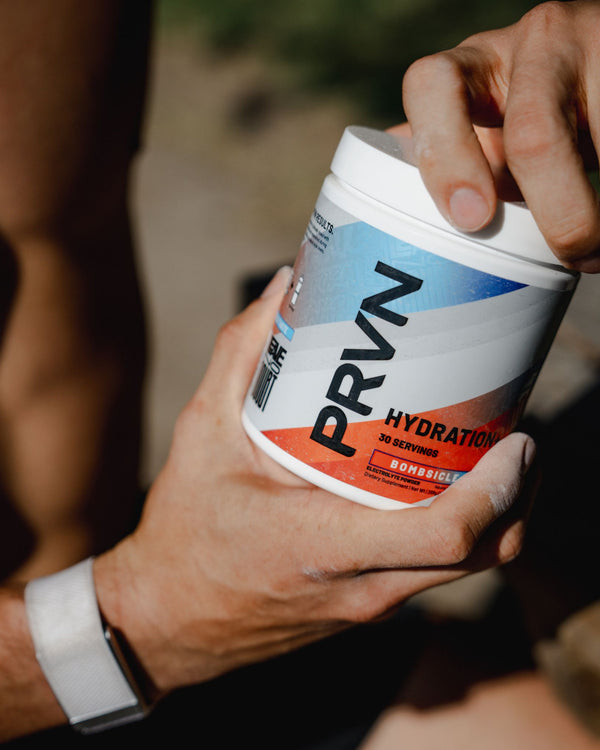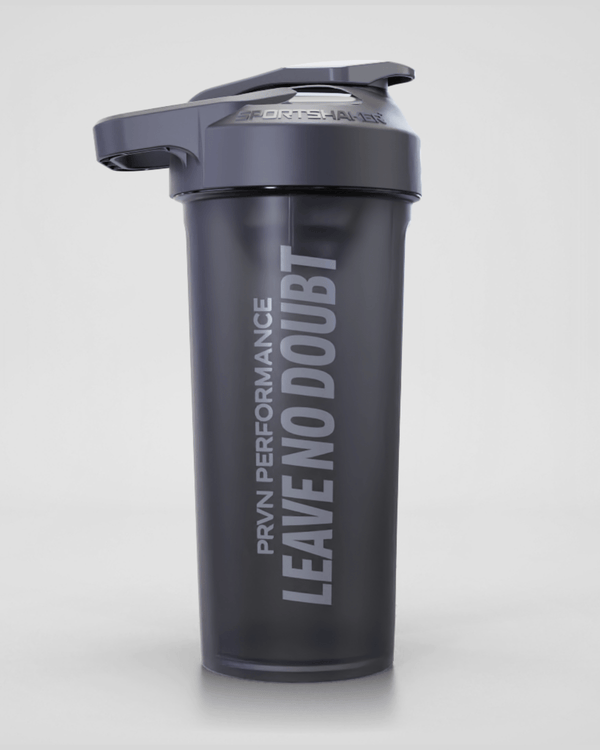As children, we have a ton of fears. And a lot of them are simply due to the unknown of the thing. What makes roller coasters so appealing is the feeling of doing something dangerous and risky, but with the safety of how the ride was built. With scary movies, our imaginations go wild and we think that Freddy is actually going to get us when we go to sleep (still the best premise for a scary movie, in my opinion). Then we had the fears and anxieties that we simply made up, like going into a dark basement. All of these fears feel very real to the person experiencing them, but for the most part carry no real danger.
As adults, we have fears as well. Some are the same as when we were kids, but they tend to evolve. A lot of these fears seem to come from the idea of not fitting in, being in a public setting, or a combination of the two. So the idea of walking into a CrossFit gym is absolutely mortifying for a lot of people. And understandably so. We are asking people to put themselves in very vulnerable positions, doing things they are going to be very bad at in a public setting, with a group of people who are already extremely tight knit. This is a perfect cocktail for anyone with even a small amount of anxiety to deal with. So when new members walk in for the first time, we need to make it an experience that overrides all of our evolutionary biology to keep them there and make it stick. So what does that look like?
The initial period after a customer joins is crucial. Specifically the first 90 days. Affiliates should focus on creating a memorable onboarding experience to set a positive tone and build strong relationships. If you can delight and engage customers during this time, you’re more likely to retain them long-term.
To ensure consistent and exceptional customer experiences, affiliates should consider developing a comprehensive member experience strategy. This involves mapping out the member’s journey, identifying key touchpoints, and implementing strategies to exceed expectations at every stage. We’ll write another article in the future about what a good onboarding plan should look like, and examples of a good member journey.
We also really need to make sure that we are addressing customer pain points as they come up. Understanding and addressing the specific challenges that members experience is essential for retaining them. Affiliates should proactively identify and resolve issues to enhance customer satisfaction and prevent dissatisfaction from driving customers away. If we can get in front of these things before they become a problem, we can reduce the amount of friction our members experience.
If we remember the courage it takes to walk into a gym, then we can realize just how much that person wants this to stick. They don’t want to go somewhere else and experience that anxiety all over again. So if we do this right and make the members feel special, odds are that we’ll have them as part of our community for a long time.



































